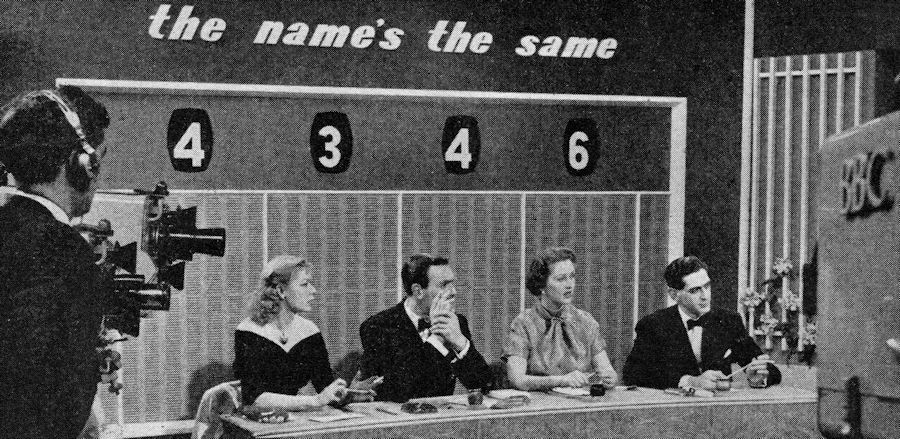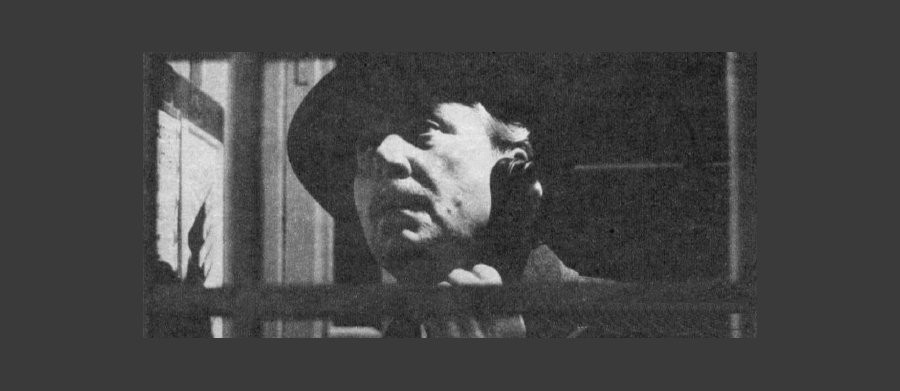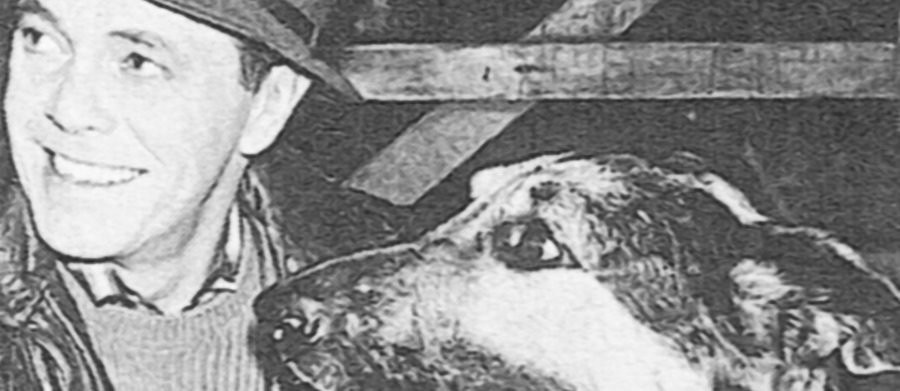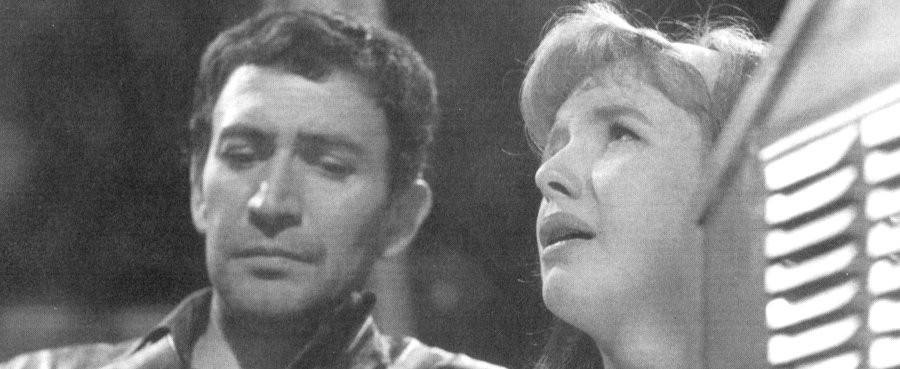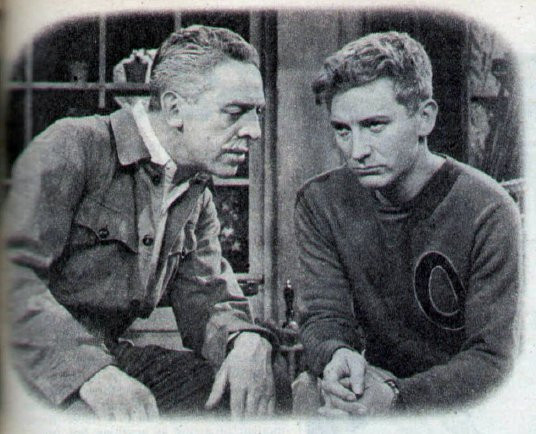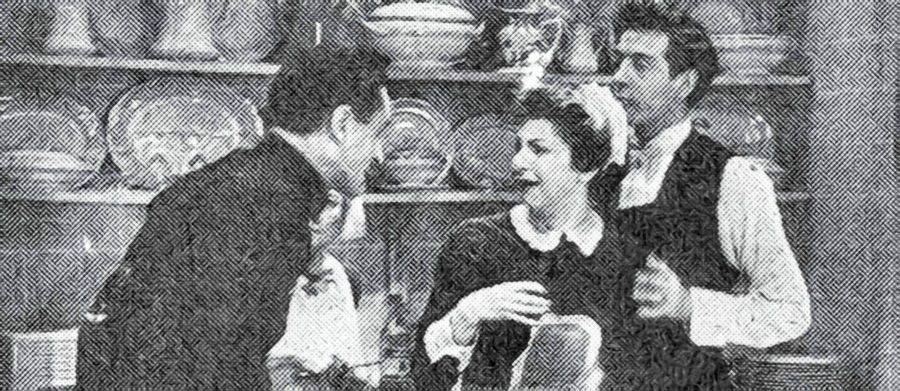
Dinner at Eight
1951 - United KingdomOpening on Broadway in 1932, Dinner at Eight is an American comedy-drama that was quickly adapted for the cinema. The 1933 movie - starring John Barrymore, Lionel Barrymore and Jean Harlow is one of Hollywood's most celebrated movies and in 2000 was listed in the AFI's list: 100 Years...100 Laughs. In 1951, the BBC adapted it as a two-and-a-half-hour television play featuring, largely, an American cast.
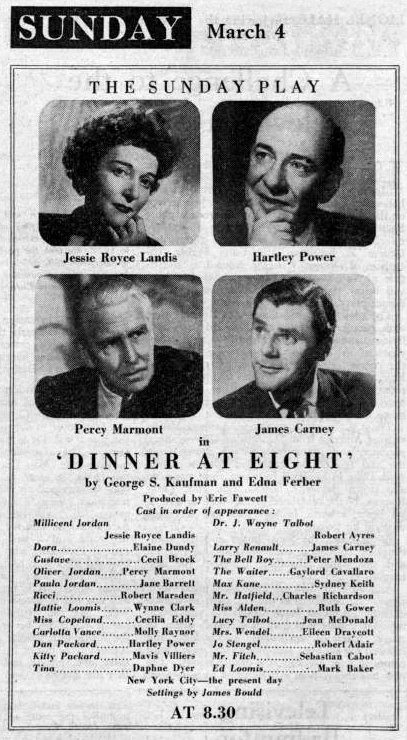
The Radio Times gave it the following introduction:
'It is a bright New York November, and the rich Mrs Oliver Jordan (of the shipping-line Jordans) is planning a dinner party. It is in honour of Lord and Lady Ferncliffe, just arrived on the Aquitana; for Mrs Jordan is one of those Society dragons of New York who dearly love a lord. She assembles a list of her guests; and George S. Kaufman and Edna Ferber, co-authors of Dinner at Eight proceed to investigate all their lives, the Jordan household (above and below stairs) and the preliminaries of the dinner party, plus its climatic event.
The play is pressed down and running over with people. There is the harassed snob of a hostess, and her decent husband, with the fortunes of the shipping line tottering. There is the coarse, self-made Packard, with his vulgar little wife. The play probes into room after room, office or doctor's surgery, or boudoir or hotel apartment; and television's camera will move from keyhole to keyhole as we eavesdrop.
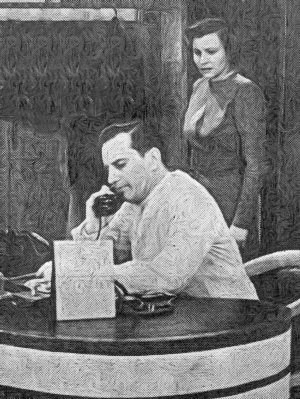
There is the aging ex-actress, Carlotta Vance, visiting America from her Antibes villa - a short, succinct, and sympathetic sketch drawn from real life of the celebrated Maxine Elliot (TVH note: Maxine Elliott was an American actress and businesswoman. Elliott had homes in America, England, and in France). And, alone in his hotel bedroom, there paces up and down the once famous film star Larry Renault, of the celebrated profile, with despair in his heart, a bottle in his hand, and seventeen cents in his pocket.
Below stairs, the Swiss butler and Scandinavian cook and the American maidservant and the Italian chauffeur represent the cosmopolis of New York.
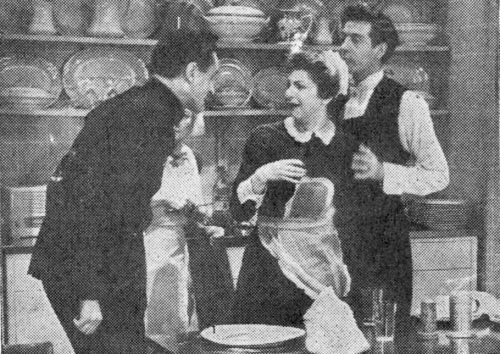
And all their lives are cunningly intertwined. Dinner at Eight packs into its swift succession of little scenes as many dramas as you might reasonably expect to find in a baker's dozen of plays. There are love affairs and jealousy and crooked big business and illness; and even death comes to join, invisibly, the dinner guests. The play has always been a tour-de-force of theatrical invention since it blazed across Broadway in the early thirties.'
Writing a review of the play in the 9 March 1951 edition of Television Weekly, critic Austin Welland was full of praise for the production, and justified the casting of American actors this British production.
'There are some who might take the view that, with hundreds of British plays awaiting a television presentation, it is hardly praiseworthy to spend valuable dollars on the production of an American drama. But "Dinner at Eight" is a really outstanding specimen of its kind, there is nothing quite like it in the theatre on this side of the Atlantic.
It is, in fact, one of the most powerful pieces of dramatic writing staged between the two wars; its irony at times is so intense that it is calculated to bring the audience to the edge of their chairs.
Nevertheless, it really calls for an all-American cast, with the exception of a couple of small parts, and a little unevenness was to be expected in this respect. There were, though, some outstanding performances from actors who specialise in American parts, particularly Hartley Power and Mavis Villiers - as the unscrupulous tycoon and his numbskull wife.
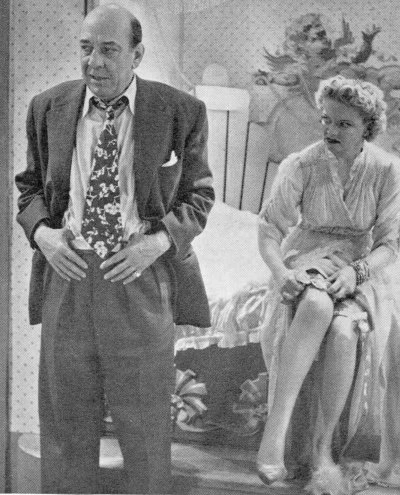
Jessie Royce Landis was admirable as the scatterbrained hostess. Robert Ayres made a credible doctor with a roving eye. Among actors we often see in English roles, Jane Barrett gave her usual vital performance. Film actor Percy Marmont was nicely restrained as her worried father. It was interesting to see James Carney in a modern role; his blustering interpretation of the fading film star always held the interest, and his last big scene won our sympathy.
A final word for James Bould's striking modern setting, through which the cameras, under the experienced direction of Eric Fawcett, roved so expertly.'
The Television Annual 1952 also remarked on producer Eric Fawcett's "powerful direction and attention to detail" and called the play "one of the most successful of all TV adaptations from theatre to stage."
Dinner at Eight was broadcast live on Sunday 4 March 1951 at 8.30pm, with a repeat performance, which was quite common in the 1950s for a live performance, on Thursday 8 March at 8pm.
Photo sources: Television Weekly Vol 2, No 49. The Television Annual 1952.
Seen this show? How do you rate it?
Seen this show? How do you rate it?
Published on January 20th, 2021. Written by Laurence Marcus for Television Heaven.


